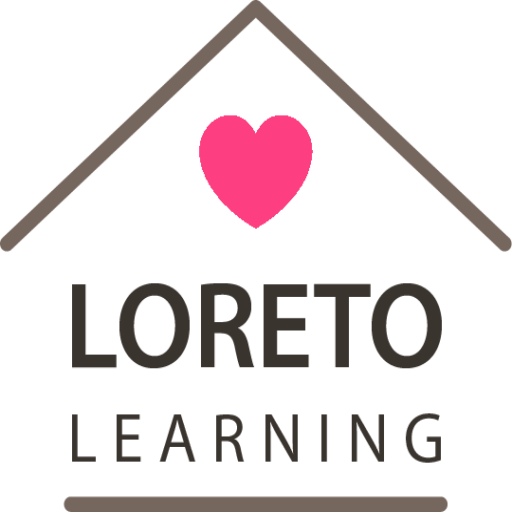In part two of this series, we will be talking about distributed practice, the second method that scientists have rated as highly effective.
Distributed Practice
What it is
If retrieval practice gives us the method of how we should spend our time when we study, then distributed practice tells us when we should study. Distributed practice, or spaced practice, is basically the opposite of cramming. Instead of studying for a long period over one or two days, students are studying for short periods each day (or week or month, etc.) over many days. For example, instead of studying for three hours the night before the test, a student would study everyday for 10-15 minutes from the beginning of the semester. It can even be every few days or just a couple of times a week. The point is that they are studying consistently over a long period of time.
The Research
There is a famous study conducted by Harry Bahrick at Ohio Wesleyan University. In the study, he asked three groups of students to learn the English translations of Spanish words. Each group had six study sessions before they had to take the test.
The first group of students had all six sessions right after the other on the same day.
The second group of students had their sessions one day apart for six days.
The third group of students had their study sessions a full month apart.
Predictably, during each session, the third group took a longer time remembering what they learned from the previous session. The first group quickly got better with each session and had mastered the words by their third session.
Next, each group of students were tested on the words thirty days after their last practice session.
The first group got 68% of the words correct.
The second group got 86% correct.
The third group got 95% correct.
This study and hundreds of others have proved that spaced practice is incredibly effective in cementing information into our long term memory. It works for remembering facts, concepts, and skills. It even works on animals.
Now, what does the research say regarding how effective spaced practice is in school-aged children? Well, one study by Vlach et al 2008 found that spaced practice not only helped children remember facts, but it also helped them generalize facts (see trends/patterns) and apply to new and relevant information.
In another study exploring learning in school aged children, researchers discovered that spaced practice promotes multiple forms of learning. They discovered that increased retention of facts from spaced learning was not correlated to the increased ability of making simple and complex generalizations, which was also greatly improved by spaced practice. This shows that remembering facts is a separate learning function from making generalizations. Spaced practice, however, contributes to the improvement of both. Spaced practice improves multiple separate learning functions of the brain in children.
So when we utilize this in our teaching, we are actually activating and improving multiple functions of the learning brain! So cool!
How to Maximize Learning in the Classroom With Spaced Practice
You are already using spaced practice in your classrooms when you teach concepts and individual units of study in separate daily lessons over time. Encourage students to utilize spaced distribution when it comes to their studying. Encourage them to study old and new information from your class daily. Use a study log to help them keep track and stay motivated. Teach them about spaced practice and tell them how it helps their brain. Better yet, take a few days and recreate one of the studies above with your class. Examine and discuss the results with them. This should create investment and interest as well as help students become more aware of how their own brains learn.
I hope that this little article has been helpful to you. Stay tuned for part three, where we’ll wrap up with more effective learning strategies and some other important facts about how our brains learn!

